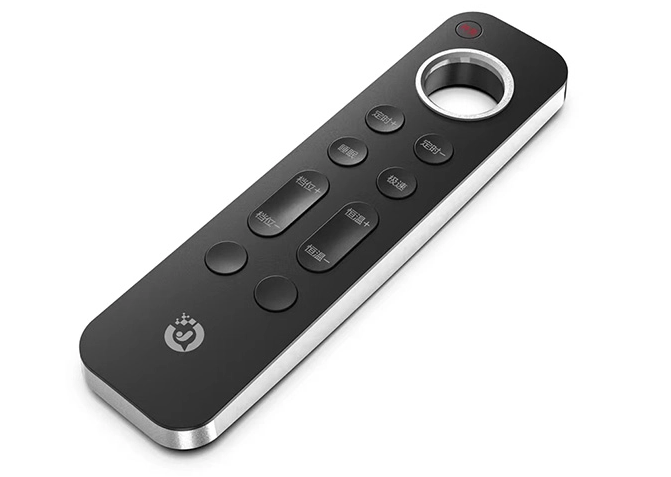
In the world of materials science, the debate between Ethylene Vinyl Acetate (EVA) and Polyvinyl Chloride (PVC) is a hot topic. Both materials have their unique properties and applications, making them suitable for different industries. This article aims to delve into the specifics of these materials, comparing their characteristics, and determining which one is superior in various contexts.
EVA and PVC are both types of vinyl, a kind of plastic that is derived from petroleum and natural gas. However, their chemical compositions, properties, and applications vary significantly.
EVA, a copolymer of ethylene and vinyl acetate, is known for its excellent flexibility, impact resistance, and clarity. It is also highly resistant to UV radiation and stress-cracking, making it ideal for outdoor applications. EVA is widely used in the footwear industry for midsoles in sports shoes, due to its lightweight and excellent cushioning properties. It is also used in the packaging industry for its excellent barrier properties and in the medical industry for its biocompatibility.
On the other hand, PVC, a polymer of vinyl chloride, is known for its durability, cost-effectiveness, and resistance to environmental degradation. It is highly versatile and can be made softer and more flexible by the addition of plasticizers. This makes PVC suitable for a wide range of applications, from construction materials like pipes and window frames to everyday items like clothing and furniture.
When comparing EVA and PVC, it's important to consider the specific requirements of the application. For instance, if flexibility and impact resistance are paramount, EVA would be the better choice. However, if durability and cost-effectiveness are more important, PVC would be more suitable.
It's also crucial to consider the environmental impact of these materials. PVC has been criticized for its environmental footprint, as its production, use, and disposal can release toxic chemicals. On the other hand, EVA is considered more environmentally friendly as it does not require plasticizers and can be recycled more easily.
In conclusion, the superiority of EVA or PVC depends largely on the specific application and environmental considerations. While EVA offers superior flexibility and impact resistance, PVC stands out for its durability and cost-effectiveness. Therefore, the choice between EVA and PVC should be made based on a thorough understanding of the material properties and the specific requirements of the application.




